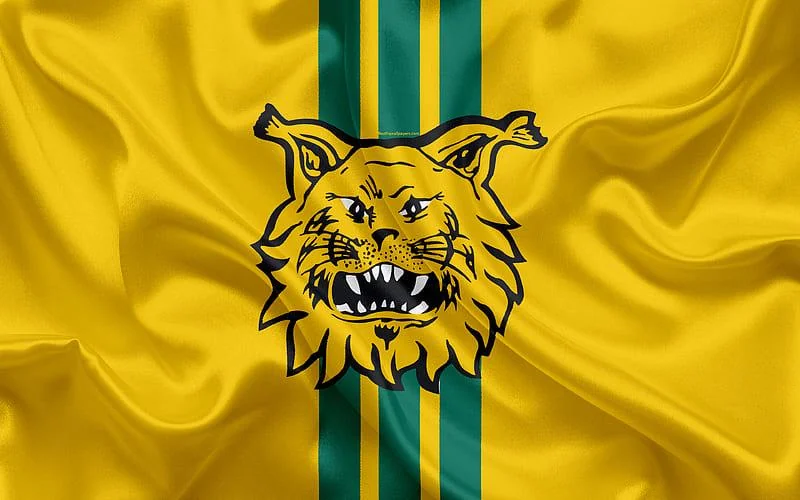Ilves FC is a renowned football club with a storied history and a passionate fan base. Known for its resilience, tactical ingenuity, and commitment to developing local talent, Ilves FC has cemented its position as one of the most respected teams in Finnish football. This comprehensive article explores every facet of Ilves FC, from its origins and historical milestones to its current strategies, youth development programs, and future ambitions Hi88,com.
The Origins and Historical Milestones of Ilves FC
Ilves FC’s journey began over a century ago, rooted in the city of Tampere, Finland. The club’s rich heritage reflects Finnish social history, regional pride, and a relentless pursuit of excellence on the pitch. Understanding the origins of Ilves FC provides context for its enduring legacy and evolutionary trajectory.
Establishment and Early Years
Ilves FC was founded in 1931, emerging from a desire among local sports enthusiasts to create a competitive football team that represented Tampere on national stages. During its nascent years, the club faced numerous challenges, including limited resources and establishing a distinct identity within Finnish football.
Despite these hardships, Ilves FC quickly endeared itself to local supporters through its spirited performances and commitment to community engagement. Its early success laid the foundation for future dominance in Finnish leagues.
In the 1930s and 1940s, Ilves FC earned recognition for its disciplined playstyle and talented roster. Notably, the club won its first Finnish championship in 1949, signaling its arrival as a major force in the league. This victory fueled a wave of enthusiasm, which propelled the club onto national prominence.
Growth and Development in the Mid-20th Century
Post-war periods were pivotal for Ilves FC, as they expanded their infrastructure, including new training grounds and youth academies. These investments helped foster homegrown talent and sustain competitive performance.
During the 1950s and 1960s, Ilves FC continued to secure titles and develop a distinctive style of play characterized by technical skill, tactical flexibility, and team cohesion. The club also became known for nurturing some of Finland’s best players, many of whom would go on to represent the national team.
The club’s rivalry with other Finnish giants intensified during this era, notably with HJK Helsinki, adding excitement and drawing larger crowds. These rivalries contributed to the growth of Finnish football culture.
The Modern Era and International Presence
Entering into the late 20th and early 21st centuries, Ilves FC experienced both triumphs and setbacks, reflecting broader shifts in European football economics. The club adapted by investing in youth development and modernizing its facilities.
Internationally, Ilves FC participated in UEFA competitions, representing Finnish football on the European stage. While not always progressing far, these campaigns enhanced the club’s reputation and provided valuable experience for players and coaches alike.
